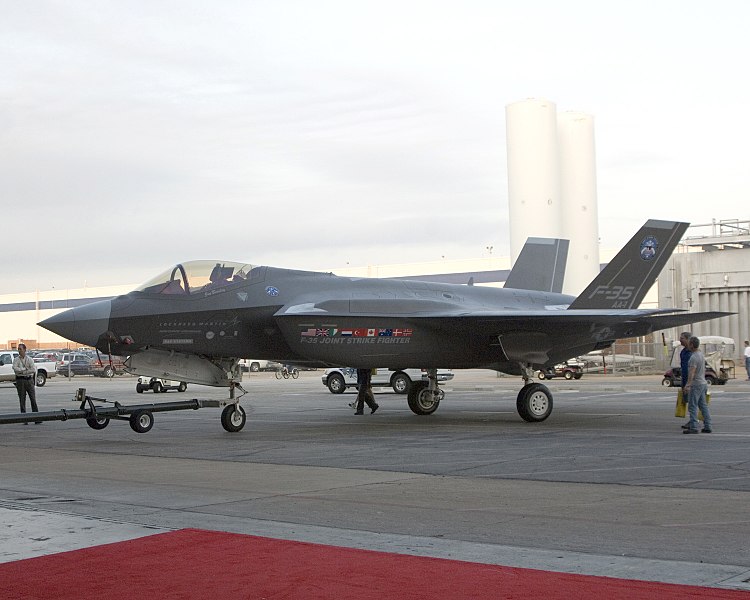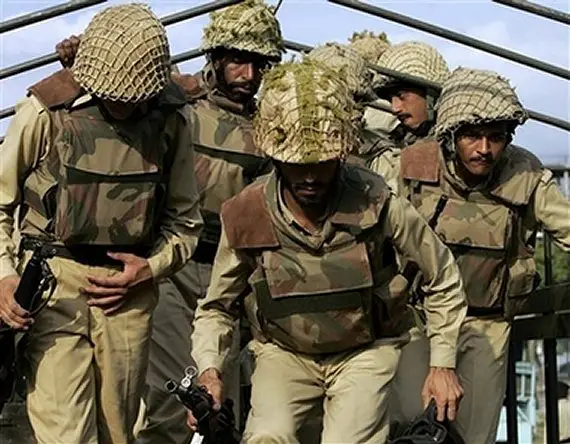(NSI News Source Info) January 16, 2009: Sunni Arab radicals aren't finished with Iraq. Having run the region for centuries, many Sunni Arab Iraqis are willing to die rather than let the Shia majority rule. But as the number of fanatics shrink, and the government security forces grow larger and more competent, it has become more difficult to carry out bombing attacks.
many Sunni Arab Iraqis are willing to die rather than let the Shia majority rule. But as the number of fanatics shrink, and the government security forces grow larger and more competent, it has become more difficult to carry out bombing attacks.
 many Sunni Arab Iraqis are willing to die rather than let the Shia majority rule. But as the number of fanatics shrink, and the government security forces grow larger and more competent, it has become more difficult to carry out bombing attacks.
many Sunni Arab Iraqis are willing to die rather than let the Shia majority rule. But as the number of fanatics shrink, and the government security forces grow larger and more competent, it has become more difficult to carry out bombing attacks. This has caused a shift to using women and children as suicide bombers. Especially in the Sunni Arab community (which refused economic aid for years) there is lots of poverty. Then there are the widows and orphans created by men who went off to fight the newly elected government and got killed. These widows and orphans are easier to recruit.
And kids as young as nine or ten can be trained to carry an explosive vest, and detonate it at the right moment (or have that done for them remotely by a nearby adult controller). This sort of pointless fanaticism is still admired by many in the region, especially Iraq. Here, the Shia sect is basically founded on the concept of a lost cause that will ultimately be put right. For whatever reason, most Iraqis shrug their shoulders when they hear about the women and children being used as suicide bombers.
For one thing, there are far fewer attacks than a year ago. Then there is the hatred the majority (about 85 percent of Iraqis are not Sunni Arab) have for the Sunni Arab minority. The decades of harsh rule by Saddam Hussein (one of many Sunni Arab tyrants over the last few centuries), followed by seven years of Sunni Arab terrorism has merely convinced any doubters that the Sunni Arabs are bad for Iraq and not to be trusted.
While the Sunni Arab political parties pledge their support for the government, it's obvious that the Sunni Arab terrorists are finding sanctuary in some Sunni Arab neighborhoods, and as long as that continues, so will the harsh security measures (searches and checkpoints) in those areas. This is all being done by Iraqi security forces. If American troops want make a raid they have to (since January 1st) get a court order from an Iraqi judge.
Much of the Sunni Arab violence is in Kirkuk province, an area long contested by Sunni Arabs and Kurds (along with several minorities that want to hold onto whatever they have). These northern areas were largely Kurdish (for centuries) until Saddam Hussein began forcing Kurds out and bringing Sunni Arabs from the south to take over the Kurdish homes and businesses. Thus the Iraqis who have lived in the area for 10-20 years are being confronted by the previous Kurdish owners, and these confrontations often get ugly.
The Sunni Arab terror groups are attacking the Iraqi police and soldiers, as well as Kurdish militias. The Shia dominated government doesn't want to back the Sunni Arabs in their claims to stolen Kurdish property, but the Shia politicians also don't want the Kurds to get control of all the oil fields in Kirkuk province. As with politics anywhere, if you want to find out what's driving events, just follow the money.
While most Sunni Arabs want to live in peace, that's about all they can agree on. There are dozens of factions within the Sunni Arab community, ranging from secular to Islamic radicals. The latter tend to predominate. Sunni Arabs still see themselves as victims, and the revenge filled rants of Islamic radical politicians and clerics still resonate.
Shia politics is not much different, and the national elections at the end of the month are expected to change the composition of the Shia coalition that controls the government now. All nations in the region are watching how democracy plays out in Iraq, for they see it as a model for the Islamic world in general. Many Moslems don't believe democracy can work in Iraq, and that eventually a religious or secular tyrant will take over.
Turkey believes that its Winter campaign against the PKK Kurdish separatists in northern Iraq has been a success. The constant bombing, and occasional commando raids, into northern Iraq has destroyed the bases that the rebels use as cold weather shelters. Late last year, the Turks believed there were 3,000 PKK operatives in northern Iraq, and another 2,000 in Eastern Turkey (living in small groups among an often friendly Kurdish population.)
The loss of the northern Iraq bases has forced most of those 3,000 PKK fighters to disperse to Kurdish villages, or even urban areas. But this meant that much equipment, and many weapons, had to be left behind. In addition, hundreds, perhaps over a thousand, of the dispersed PKK men appear to have simply walked away from the terrorist organization. This was partly because of growing pressure from the Kurdish government of northern Iraq, which has made a deal with the Turks to help dismantle the PKK operations in Iraq.
Iraqi border guards are coming under assault by opium and heroin smugglers, trying to get these drugs from Afghanistan to lucrative European markets via the Iran-Iraq-Turkey route. The border guards are being hit with bribes, not bullets, and some are accepting the offer. American intel analysts can spot where it is likely that border guards are accepting bribes, by the pattern of smugglers caught, and intel on smuggling activity elsewhere.
At the moment, the Iraqi government is leaning on the border guards to stop the drug smugglers, but those big bribes are hard to resist. It's pretty easy to discover which border guards are on the take, as the bribes are usually quickly spent. So any border guards who suddenly have a new house, a car or a flat screen TV, probably didn't win the lottery or come into an unexpected inheritance.
The U.S. has recently completed, and moved into, the largest U.S. embassy ever built. This one covers 104 acres, cost nearly $600 million and houses 1,200 people working for the State Department, and 13 other U.S. government agencies.
Iraq has become the 186th nation to join an international agreement to not develop, produce, stockpile or use chemical weapons. In the 1980s, Iraq became the first major user of chemical weapons in combat since World War I (Italy used them in Ethiopia in the 1930s, Japan in China in the 1940s and Egypt in Yemen in the 1960s, but mostly against civilians and irregulars). Iran responded, and both nations fired enormous quantities of mustard and nerve gas at each others troops. Iraq became the first nation to use nerve gas in combat.
Many Iraqis still believe these chemical weapons (production of which can be resumed within months using the many Iraqis who now know the technology for it) is their ultimate defense against foreign invasion (by Iran or Turkey, both of which have defeated Arab armies many times in the past).



























